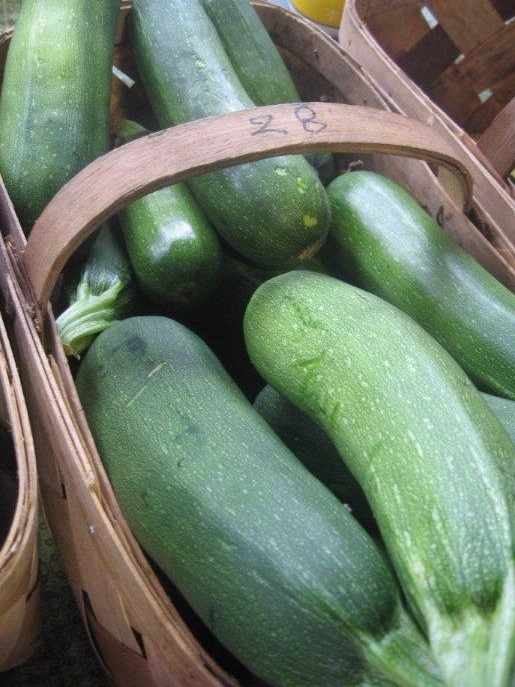All summer long, we’re shining the spotlight on some of the fruits and veggies you might find on a Farmer Foodshare truck and on their way to stores, restaurants and nonprofits around the Triangle. This week: Sweet Corn!
All through the month of July, sweet corn is FREE for members! Sourced from…you guessed it! Farmer Foodshare!
What is It?
Corn, mainly known as sweet corn or maize in North Carolina, is a starchy plant common in cuisine from a variety of cultures. Corn is predominantly harvested as a cereal crop, used to make flours, bread, and more. It can be eaten raw off the cob or cooked by steaming, stir-frying, baking—just about any way you could imagine! Healthy ears of corn are protected by a strong, fibrous outer stalk of leaves with no damage or bruising.
Did you know?
The average ear of corn has 800 kernels in 16 rows.
Cobs always have an even number of rows.
Why Should You Eat it?
Corn is a great source of dietary fiber and necessary carbohydrates. It’s also a good source of Vitamin C, folate, niacin, and potassium.
How Do You Eat It?
Shirliey F. in Oakland, CA shared with us a delicious recipe for warm farmers market summer corn and potato pesto salad that she created:
“For the pesto, blend together garlic, toasted walnuts, extra virgin olive oil, coarse gray sea salt, and fresh basil. For the salad: celery, celery leaves, corn on the cob cooked for scant 2 minutes and then cut off cob, boiled yellow potatoes (roasted sweet potatoes would be amazing too!), lots of parsley, lightly boiled zucchini, sea salt and ground pepper to taste. Mix together and eat warm!”
The beauty of corn is that is can be enjoyed so many different ways! Here are a few ideas:
Perfect Corn on the Cob for Dummies
For more facts, nutrition information, and recipes, see our Sweet Corn Fact Sheet!
Check out our whole resource guide full of veggie fact sheets and recipes in English and Spanish!













